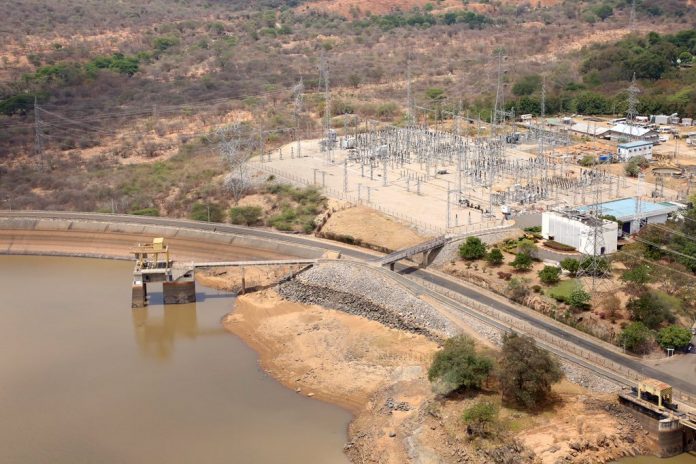Power sector experts from the Netherlands have advised power producer KenGen not to raise Masinga dam wall as a way of increasing water catchment but dredge out layers of sand and soil deposits trapped on the floor.
The Dutch are largely known for their expertise in dam water management, along with land reclamation from the sea.
“Desiltation is a cost-effective and most efficient way of managing hydroelectric dams. In Netherlands, which has dozens of hydropower stations, dams are never raised, only desilted,” the Dutch experts told Africa Sustainability Matters.
State-owned KenGen completed feasibility studies to raise the Masinga dam’s wall by 1.5 metres to enable the dam store more water during heavy rains and ensure a steady output of hydropower even during prolonged drought.
Hydropower, a renewable energy, remains Kenya’s cheapest source of electricity at an average of Sh5 per unit ($0.05).
“Feasibility studies have been completed and we’re on course with the plan,” KenGen business development director Moses Wekesa was quoted as saying earlier.
Masinga station (40MW) is strategic since it’s the first dam in the Seven Forks cascade on Tana River comprising a chain of hydropower stations, including Kamburu, Gitaru, Kindaruma and Kiambere.
Besides the cost factor, hydropower stations are important for Kenya since they act as spinning reserves for balancing out fluctuations in weather-dependent wind and solar power, acting as national grid stabilisers. Kenya hosts the largest renewable energy project in sub-Saharan Africa, the 310MW Lake Turkana wind power alongside 55MW Garissa solar project. The 100MW Kipeto wind farm is under construction, alongside other solar farms, all of which will require an increase in the spinning reserve capacity.
Spinning power stations can easily be switched on and off, ramped up and down in real-time to match fluctuations in solar and wind power generation, avoiding large-scale system interruptions.
The Masinga wall extension plan has been on the cards for over seven years.
In 2013, earlier estimates indicated that the wall extension by 1.5 metres would cost Sh1.5 billion ($15 million).
In the plan, the power producer also seeks to install equipment (pumped storage) that will pump downstream water back to the dam to ensure steady generation of the cheap power throughout the year.
Not so long ago, some investors offered to desilt Masinga dam on behalf of KenGen, free of charge. In exchange, the private investor had anticipated to find gold dusts and particles swept downstream and deposited at the bottom of the dam. The deal had promised to be a win-win but, unfortunately, it fell through the cracks and never saw the light of day.
Read also: Boda Bodas To Save Sh3bn With Electric Rides




